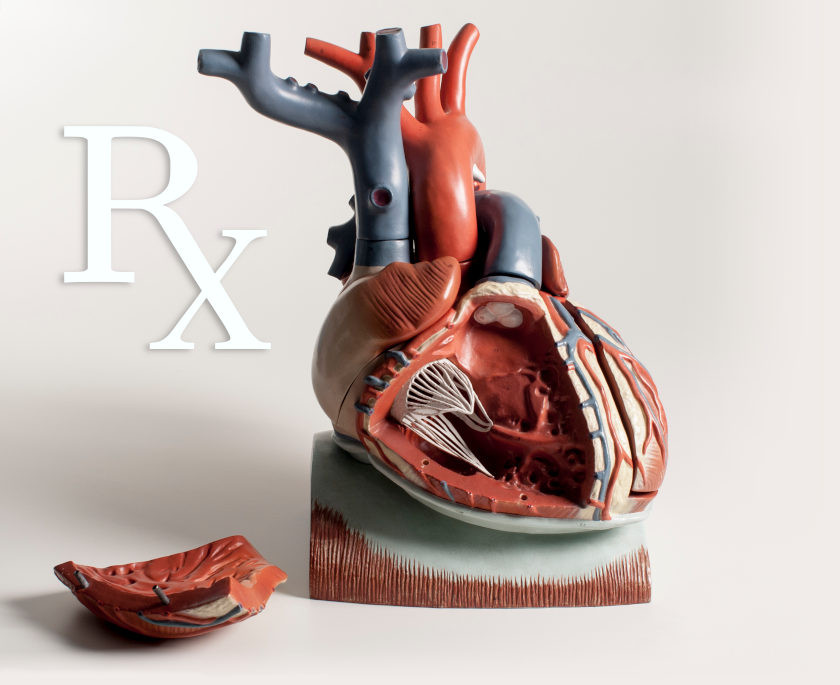The Pharmacologic Treatment of Edema
Edema is the swelling of tissues that occurs when excessive fluid accumulates within the tissue. Fluid comprising water and electrolytes, with a small amount of protein and other macromolecules, normally leaves capillaries and small postcapillary venules by a process called filtration. Filtration is primarily driven by the capillary hydrostatic pressure, and the capillary plasma oncotic pressure (osmotic pressure exerted by plasma proteins) counteracts capillary filtration. The amount filtered per unit time is additionally influenced by the permeability of the vessel wall (endothelium and basement membrane). (Click here for more details on the physical forces involved in filtration). The fluid that filters into the tissue flows within the intercellular space (the interstitium) and most of it is reabsorbed at the venular end of capillaries where the hydrostatic pressure is lower than the plasma oncotic pressure. The filtered fluid that is not reabsorbed is taken up by lymphatic vessels and returned to the circulation.
Causes of Edema
Edema (interstitial fluid accumulation) may be caused by:
- Increased capillary hydrostatic pressure (as occurs when venous pressures become elevated by gravitational forces, volume expanded states, in heart failure or with venous obstruction)
- Decreased plasma oncotic pressure (as occurs with hypoproteinemia)
- Increased capillary permeability caused by proinflammatory mediators (e.g., histamine, bradykinin) or by damage to the structural integrity of capillaries so that they become more "leaky" (as occurs in tissue trauma, burns, and severe inflammation)
- Lymphatic obstruction (as occurs in filariasis) that results in a condition termed lymphedema
The most common cause of edema in patients with cardiovascular disorders is heart failure. In left ventricular failure, blood backs up into the pulmonary circuit. This increase in pulmonary blood volume (i.e., pulmonary congestion) leads to increased pulmonary capillary hydrostatic pressures and fluid filtration into the lungs. This is termed pulmonary edema and can be life-threatening. As left ventricular failure becomes more severe, or during isolated right ventricular failure, blood backs up into the systemic venous circulation. This elevates venous pressures and capillary hydrostatic pressures, which can lead to edema, especially in the feet and legs. Sometimes fluid will accumulate in the abdominal cavity, causing ascites. It is important to note that heart failure patients, because of activation of the renin-angiotensin-aldosterone system, retain sodium and water. This increases circulating blood volume and further increases venous and capillary hydrostatic pressures, which enhance edema formation.
Sometimes patients with severe hypertension will also present with systemic edema because of elevated capillary pressures, although it is important to note that capillary pressure is far more sensitive to elevations in venous pressure than to elevations in arterial pressure.
Finally, edema can be a side effect of vasodilator drugs that are used to treat hypertension. Vasodilation of precapillary resistance vessels increases downstream capillary hydrostatic pressure and fluid filtration.
Drug Treatment for Edema
Edema is treated by manipulating the physical factors that cause edema. Most commonly, this is done by giving diuretics to stimulate renal excretion of sodium and water, which reduces blood volume and venous and capillary pressures. Improving cardiac function in heart failure patients will also contribute to reducing venous pressures and edema. If other mechanisms are involved in causing the edema, such as lymphatic blockage, varicose veins, venous thrombosis, tissue damage or inflammation, these conditions can be corrected by other interventions.
Revised 11/30/2023

 Cardiovascular Physiology Concepts, 3rd edition textbook, Published by Wolters Kluwer (2021)
Cardiovascular Physiology Concepts, 3rd edition textbook, Published by Wolters Kluwer (2021) Normal and Abnormal Blood Pressure, published by Richard E. Klabunde (2013)
Normal and Abnormal Blood Pressure, published by Richard E. Klabunde (2013)